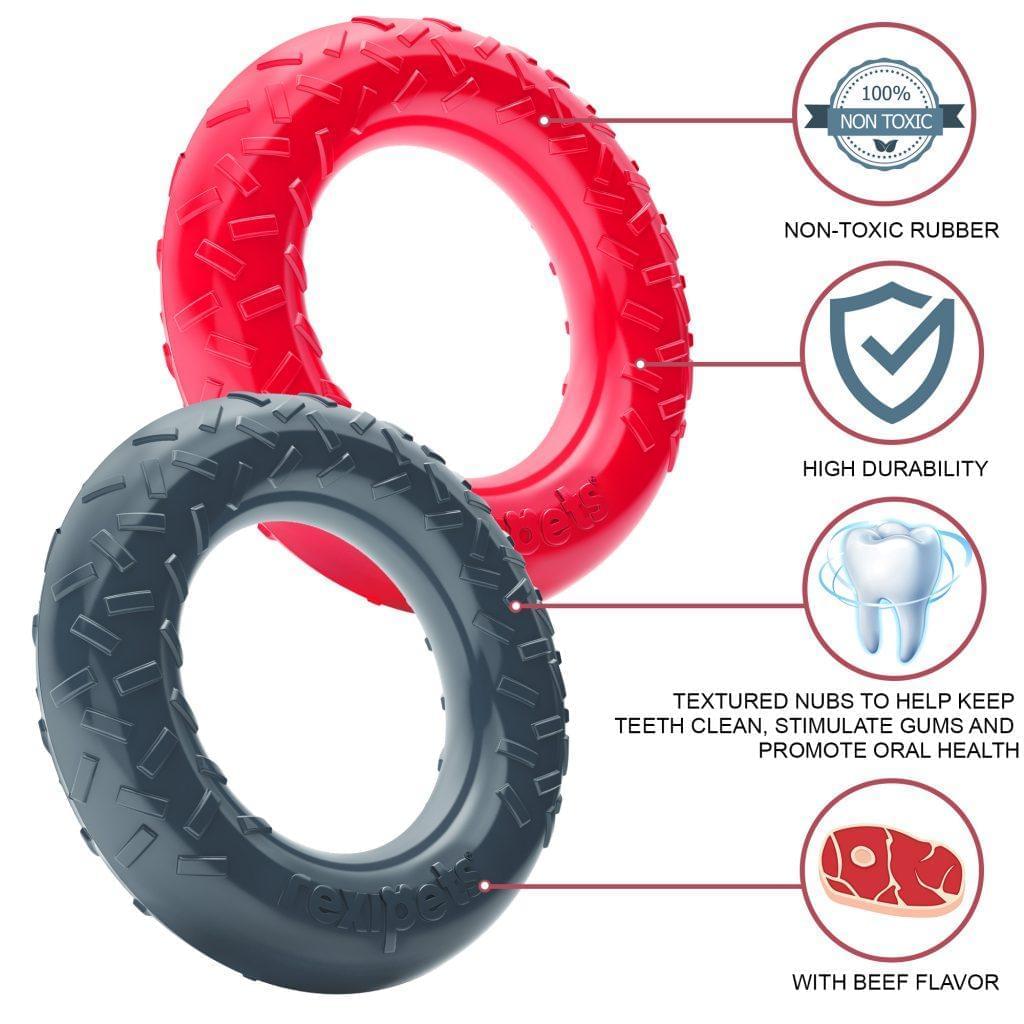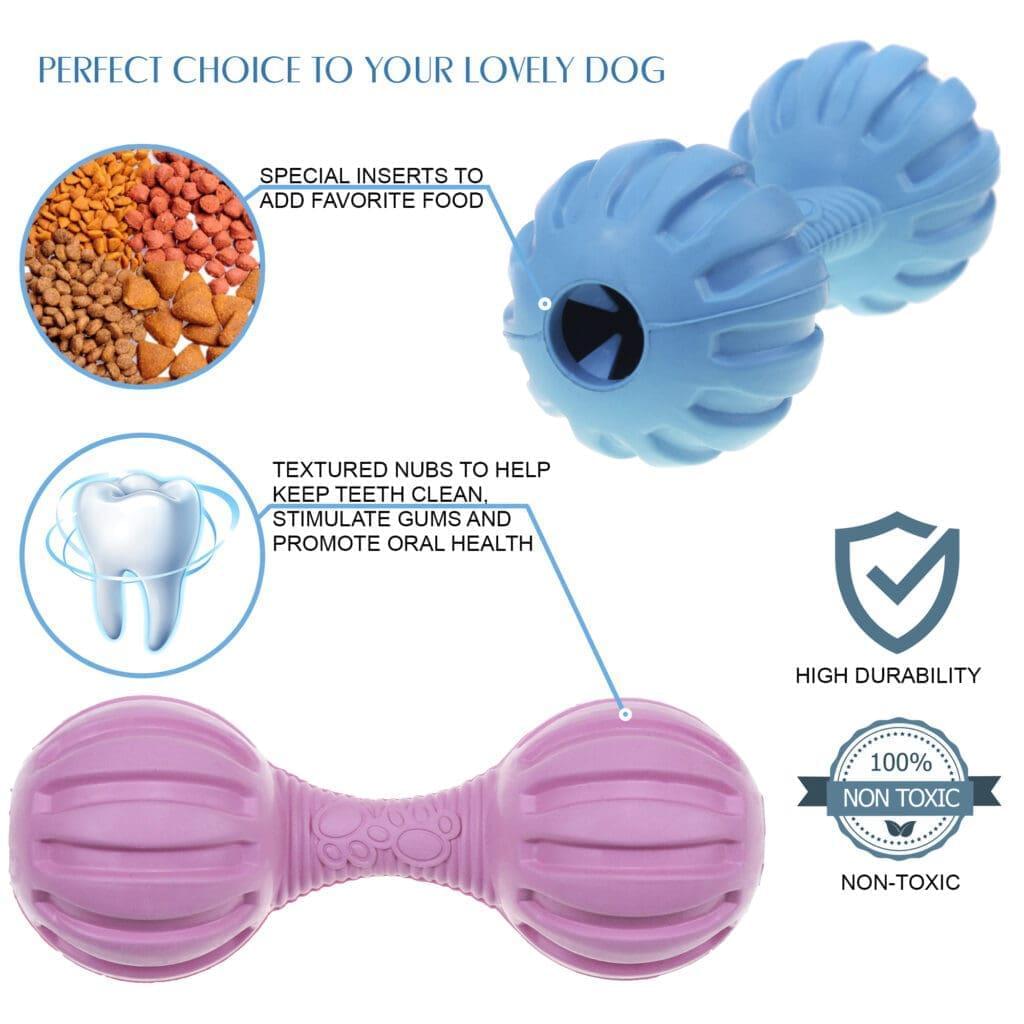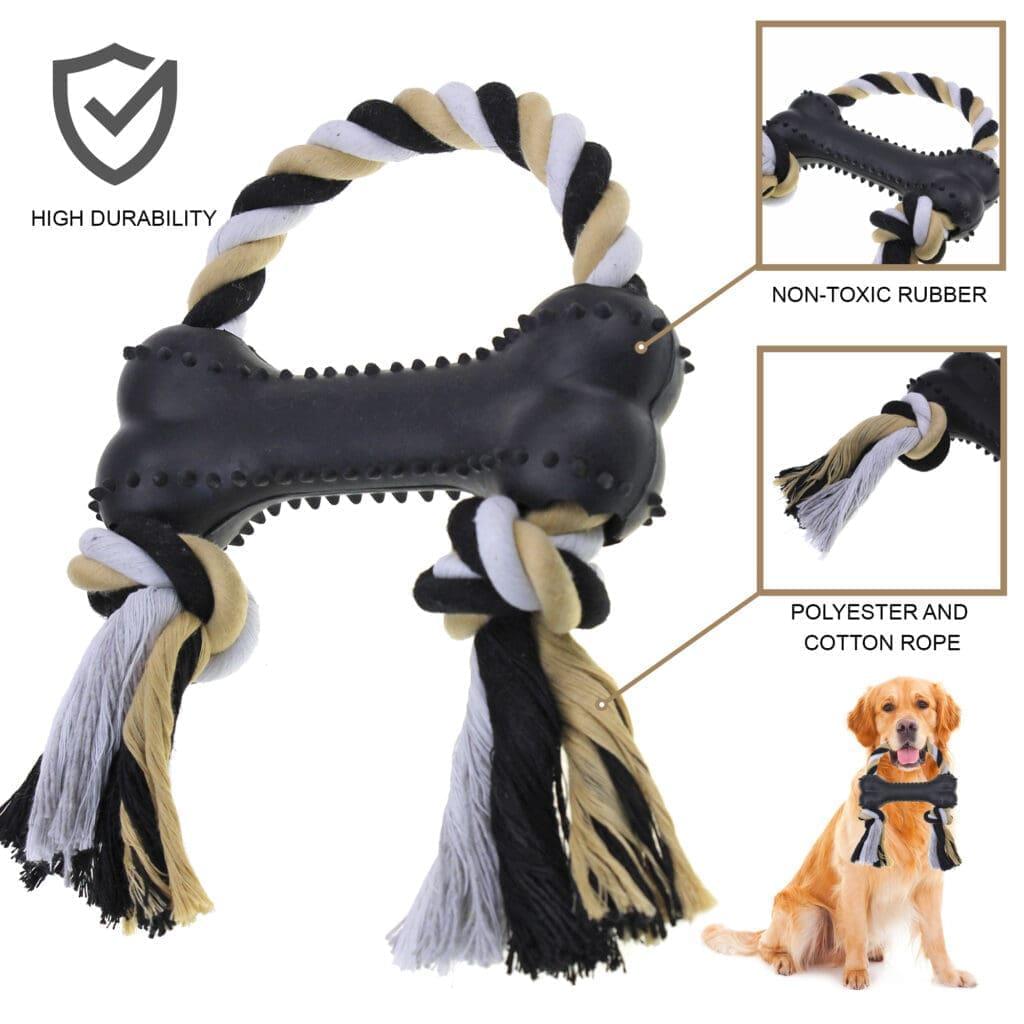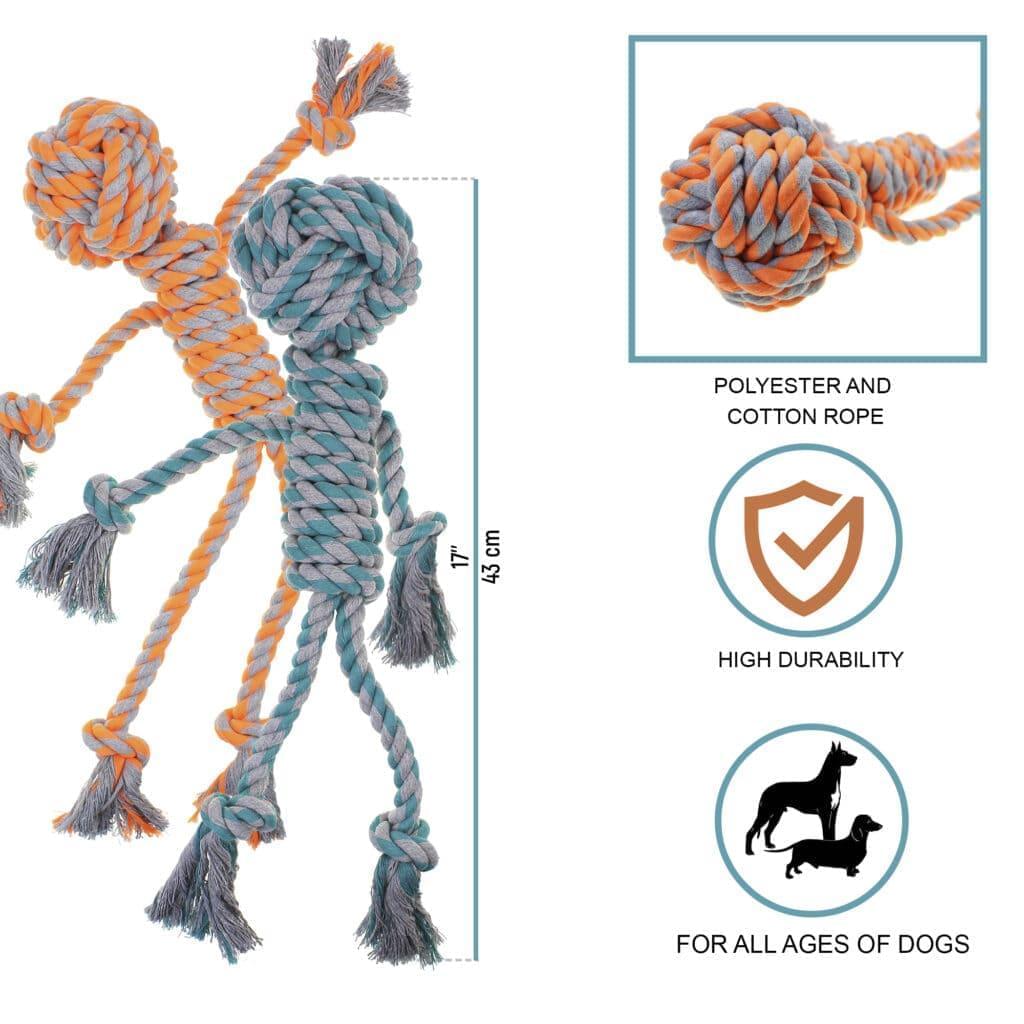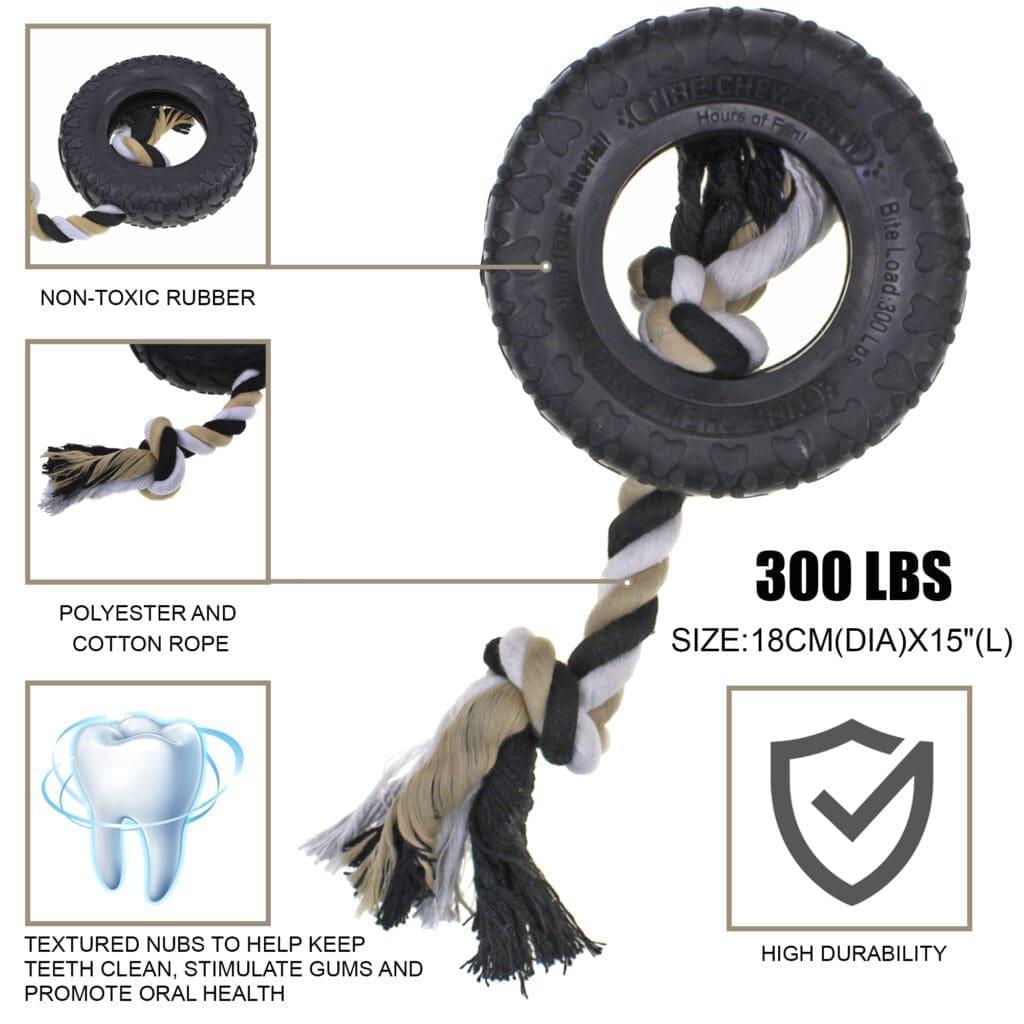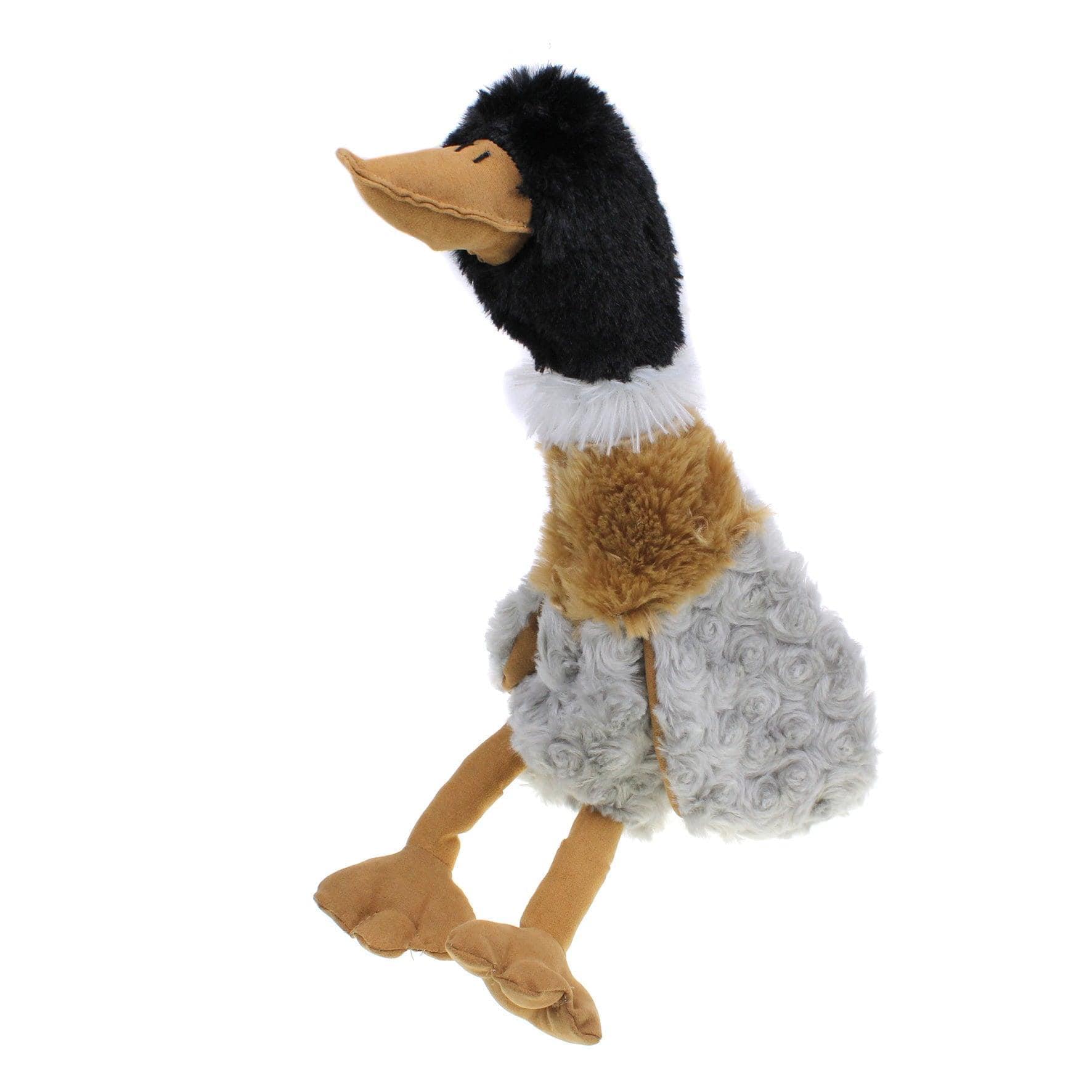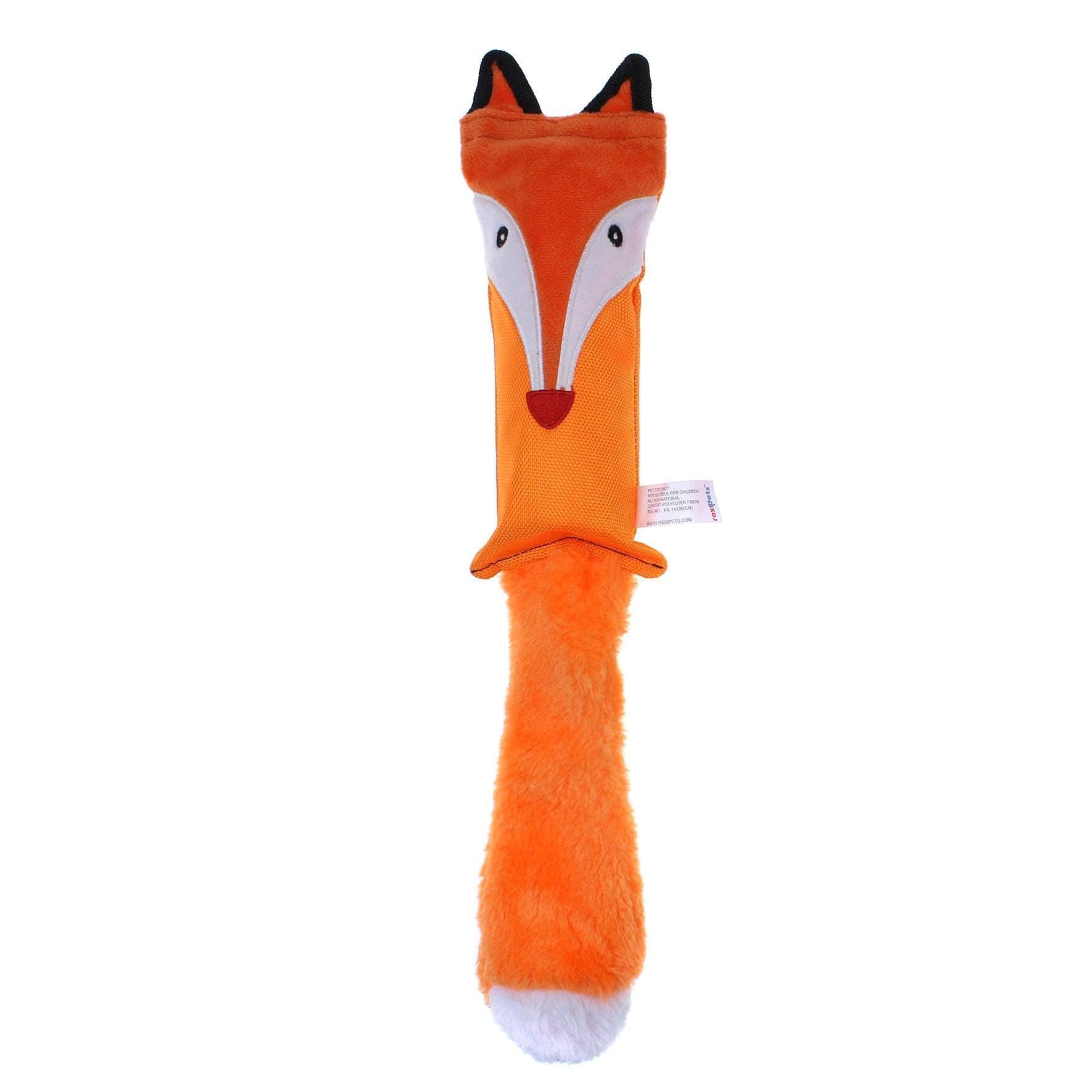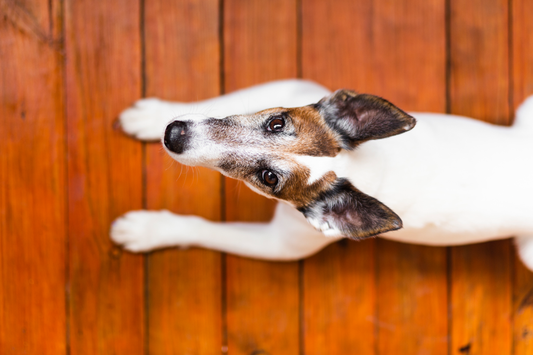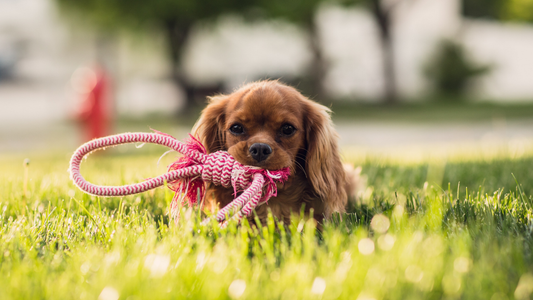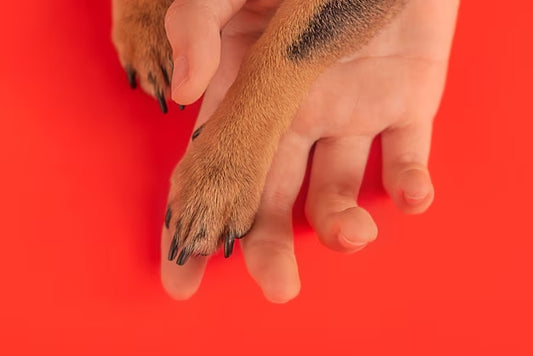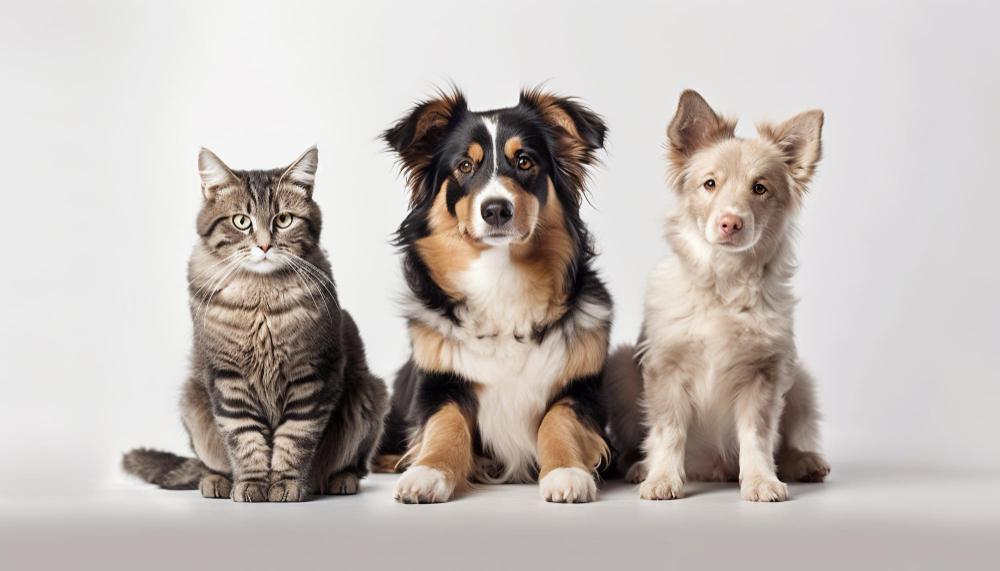
Cats and dogs are adorable creatures, and there is no comparison of both in terms of love and care.
But, if you want to adopt a pet and you are confused about whether to prefer a cat or a dog, it's better to understand the difference between them.
However, there are so many differences between a cat and a dog. From social interaction and behavior to their physical traits and metabolism, cats and dogs tend to differ in many ways.
So, let's go through some major differences between dogs and cats.
10 Differences Between Cats and Dogs
-
Dogs Can Handle Medication Better Than Cats
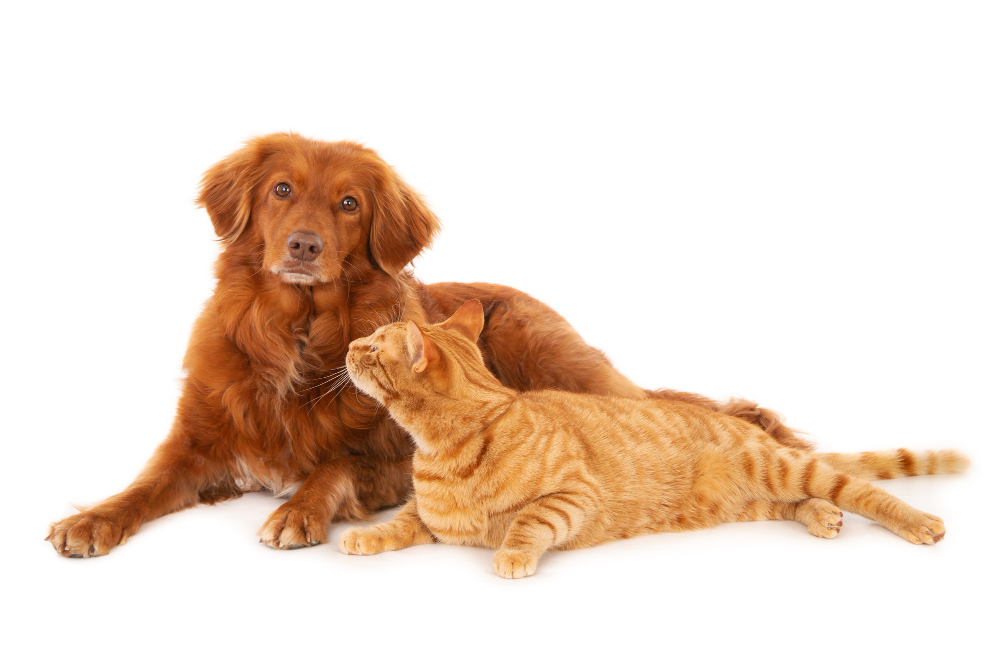
Cat owners must have observed their cats getting dizzy over a medical dose. That's because there is a scientific reason for it. There are a greater number of human medications that are acceptable for dogs than cats since dogs are more similar to humans than cats.
For instance, cats have relatively little glucuronyl transferase, a liver enzyme needed for breaking down Tylenol and other painkillers. But, if the cat cannot break down the medicine, it will remain in its form and turn harmful. This explains why a dog can tolerate acetaminophen (Tylenol) in small amounts, while a minimal quantity can be fatal for a cat.
-
Dogs and Cats Hunt Differently
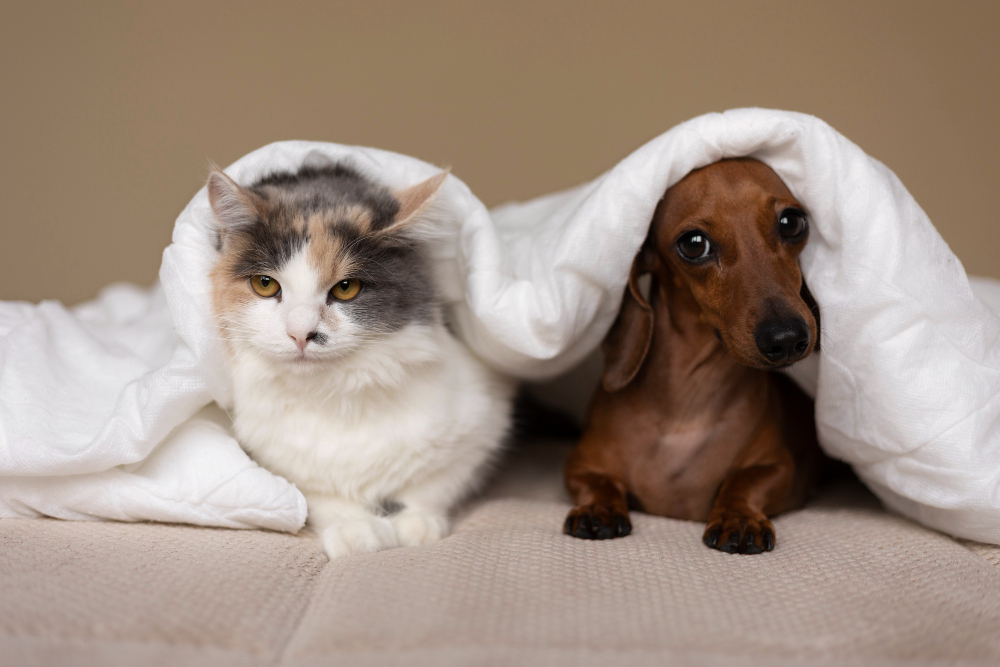
Pet parents should know that one of the major differences between these two animals is that dogs are scavengers while cats are hunters. Their ability to feed, capture prey, and communicate with other animals are all impacted by it.
So, dogs are often better scavengers, and as a result, they tend to be more resourceful in that regard. This may help explain why your feline friend prefers cat toys that they can pounce on and dogs prefer puzzles and seek different activities.
Conversely, cats often hunt to kill rather than scavenge.
-
Dogs can Stay Without Dog Food for a While, but Cats Can't
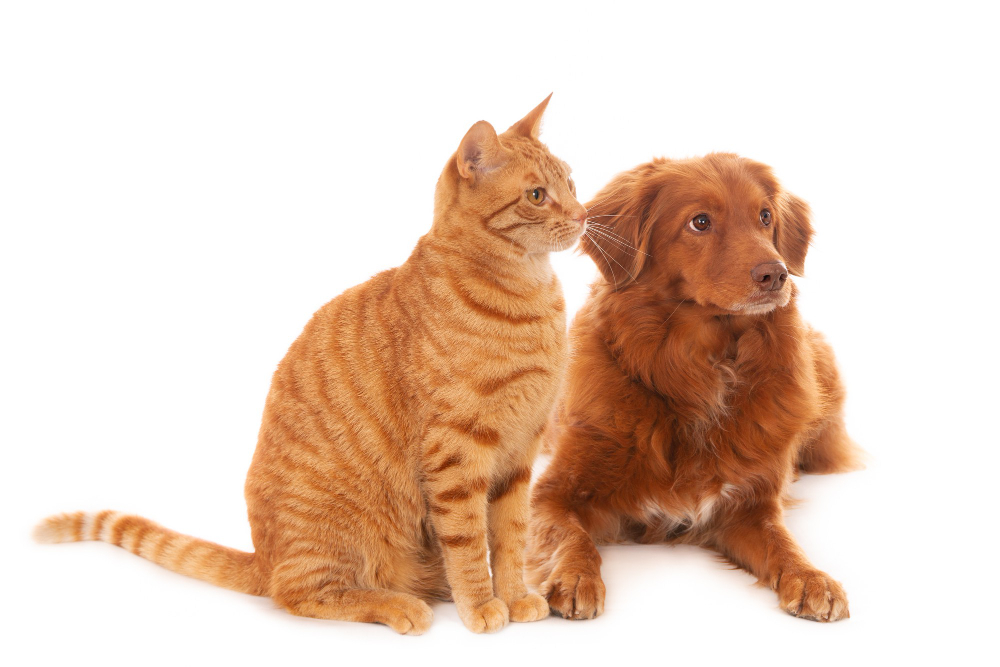
When cats consume fewer calories than they need to maintain weight, they are more likely to develop hepatic lipidosis, often known as fatty liver disease. This is because cats have a unique liver metabolism, and their livers are not designed to effectively turn fat into energy.
Suppose your overweight cat suddenly stops eating cat food for any reason (sickness, stress, etc.). In that case, its body will begin metabolizing fat reserves for fuel. In a cat or dog of normal weight, the liver turns fat into energy, which causes the animal to lose weight.
However, in an overweight cat, the liver must process too much fat at once because the fat breakdown occurs too quickly.
As fat builds up in the liver cells, this can cause liver disease and damage the liver cells. This might occur if your cat loses weight too rapidly or contracts another condition that causes it to lose their appetite.
As a result, overweight cats are usually under a lot of stress at when you see them at an animal shelter.
But don't worry. We have a solution for you. Ensure your cat is eating enough calories, which may need a feeding tube if the cat doesn't consume food alone.
Whether it's cat food or dog food, get your pet examined by a vet if they are having trouble eating.
-
Dogs Need Praise While Cats Dont Care About It
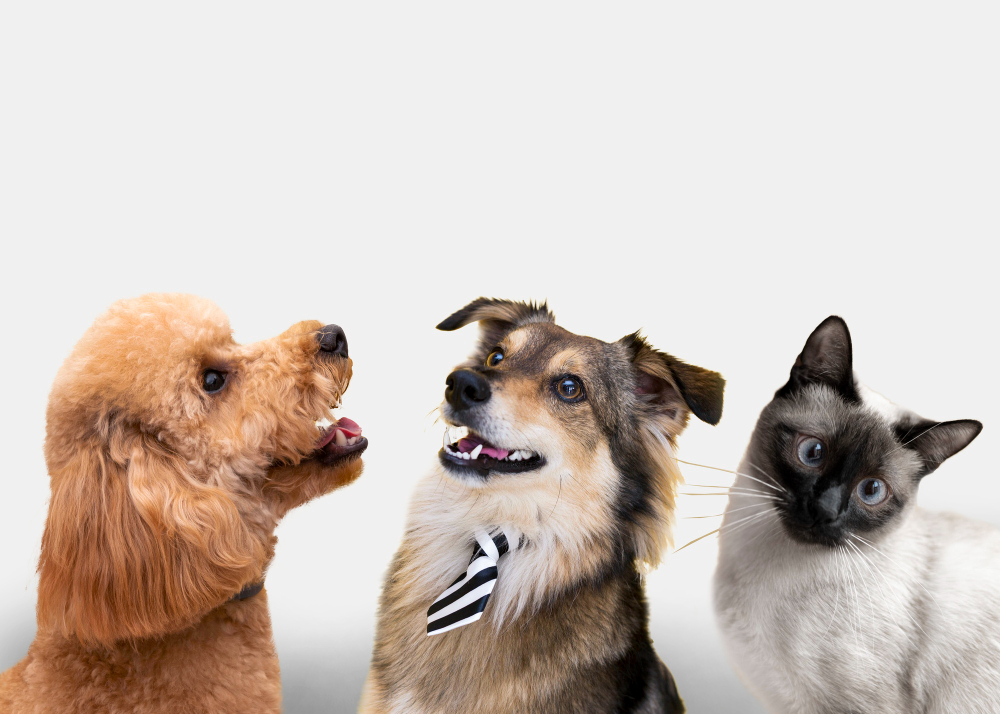
One misconception that dog owners probably believed to be true is that cats are far more challenging to teach than dogs. In fact, if you figure out what a cat truly wants and provide it as a reward, you can educate them to obey directions with ease.
Cat training is doable; you simply need to pick the right teaching techniques, and there you go! Cats usually follow orders to get food that they normally don't get.
The fact that humans have been training dogs for generations makes it seem more natural to most people, and dogs also like receiving a gentle pat on the head and praise.
According to research, dogs may react to food more quickly because they are innately motivated to react to humans. So, all pet owners must practice these tactics to gain the attention of their dogs and cats.
-
Cats Rely More on Scent for Communication
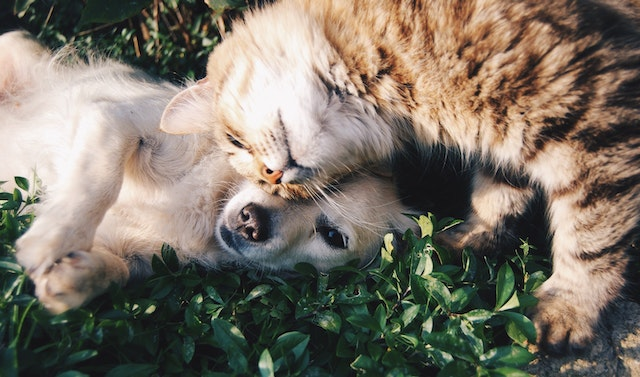
Dogs and cats both have different ways of communication. Dogs are socially active animals; thus, they rely extensively on facial expressions and body language to communicate with one another.
Cats tend to communicate with each other more by smell since they are more solitary. They may let other cats know where they've been by rubbing or scratching surfaces. The scent glands on a cat's paws and cheeks make communicating with another furry friend easy.
-
Compared to Dogs, Cats were Domesticated Much later
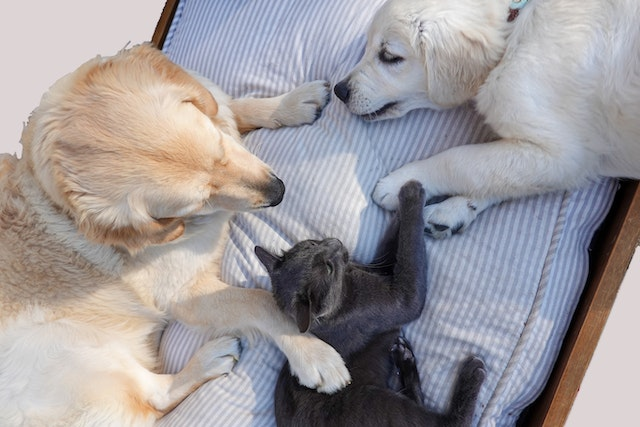
We have an interesting fact to share if you are interested in dog and cat history! It's about the domestication of dogs and cats just like other pack animals.
Although the precise date of dog domestication remains unclear, it has been believed to be as early as 40,000 years ago since dogs were supposed to help humans in their hunting.
However, the concept of domesticated cats came much later. Cats are thought to have been domesticated up to 12,000 years ago, when agriculture began to develop because they were good at catching pests.
-
Cats and Dogs Suffer From Different Diseases

While there are some health issues that are common to both dogs and cats, mostly, they suffer from different diseases that are unique to each species.
Common diseases that dogs suffer from are pancreatitis, skin disorders, fleas, ticks, and lymphoma. They may also suffer from arthritis or other similar mobility impairment issues in old age.
This is also because most dogs are more playful and are likely to injure themselves or cause wear and tear in their joints. Cats are generally more cautious and do not suffer from such issues.
Diseases seen frequently in cats are respiratory issues, gut disorders, autoimmune diseases, food allergies, diabetes, and leukemia.
If you have both cats and dogs as pets, you should be cautious of cat diseases that can be contagious to dogs. These include ringworms, fleas, and worms. These can easily spread if your cat and dog have the same litter box.
-
Unlike Dogs, Cats Cannot Be Vegetarians
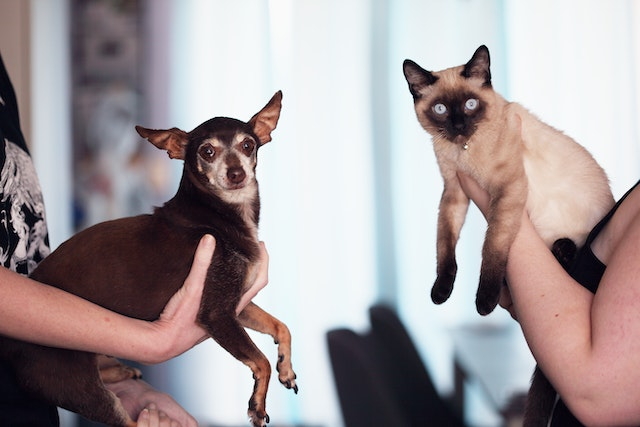
Both animals enjoy eating. However, their food preferences and nutritional requirements are vastly different. Dogs can eat an omnivorous diet, whereas cats must have a carnivorous diet. It is not just their taste preference but an essential nutrient requirement.
Cats require certain amino acids to be healthy. Their body cannot produce these amino acids, so they must fulfill this requirement from their diet.
You must add protein in the form of fish or meat to your cat's meal so that they can have their amino acid intake.
Another difference in their diet is the portion size. Cats have smaller and more frequent meals than dogs. Before making any decision about your pet's diet, it is essential that you consult your veterinarian.
Oftentimes, vets will design a healthy, well-balanced meal plan for your furry friends to ensure their optimal health.
-
Cats Don't Pant Like Dogs
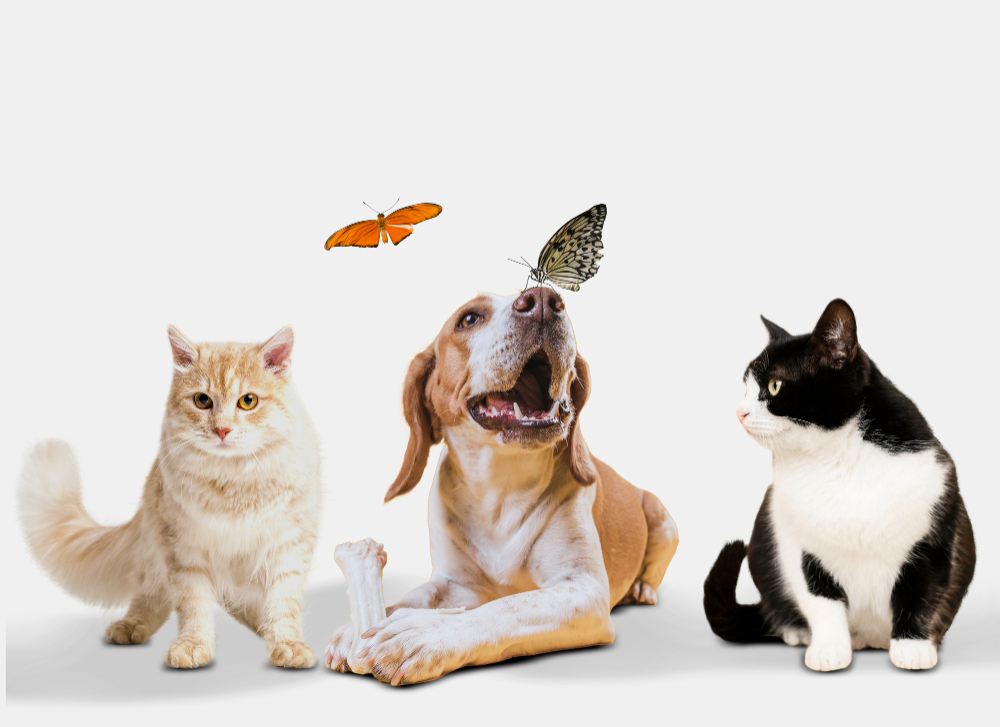
When dogs get hot, they tend to pant to cool themselves. Dogs don't have sweat glands like us, and panting hastens the evaporation of water from their noses and lungs. Your dog may also pant when they are too excited or even stressed or anxious.
Cats, on the other hand, don't pant. It is mainly because they do not exert themselves to the point where they get so hot that they have to pant to regulate their inner temperature.
Observing your cat panting could be a sign of stress or some other underlying health issue.
-
Dogs Are More Social Than Cats
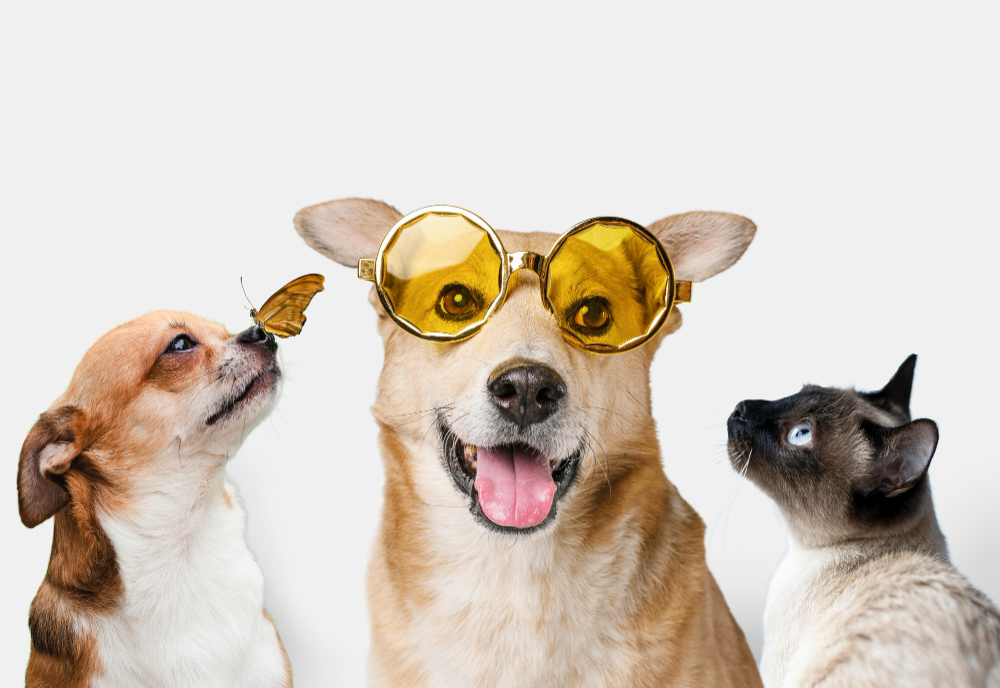
Dogs are highly social and jolly creatures. This is mainly because they are pack animals and would naturally adopt a role in a pack or a family. They will also see you, their pet parent, as the pack leader.
This means that they will follow your lead and look for your direction. They might even include themselves in your routines and try to connect with you.
Another reason is that, historically, dogs have been domesticated and trained to become helpers for their humans. Cats have never been domesticated for the function of helpmate. Neither can they be.
They are very independent creatures who take no one's orders. They do hunt with their retractable claws, but solitarily. So, as pets, they also like their alone time and do not require much from their humans.
Unlike dogs, they can be left alone for hours and won't be sad. This is not to say that cats do not connect with their humans. You will have to make the first move, and then surely, once they get attached to you, they will love spending time with you. And they will also come to you to demand a nice back scratch.
Final Words!
One can never resist one's love for a cat or a dog. In fact, being a pet owner, it is your job to look out for your pet, whether it be a cat or dog, be aware of its needs and wants, and try to treat it accordingly.
The difference in their behavior sometimes makes it difficult for human beings to understand these poor solitary animals.
But, if you read our guide, you will know all the major differences between a cat and a dog and can look after your pet better.









